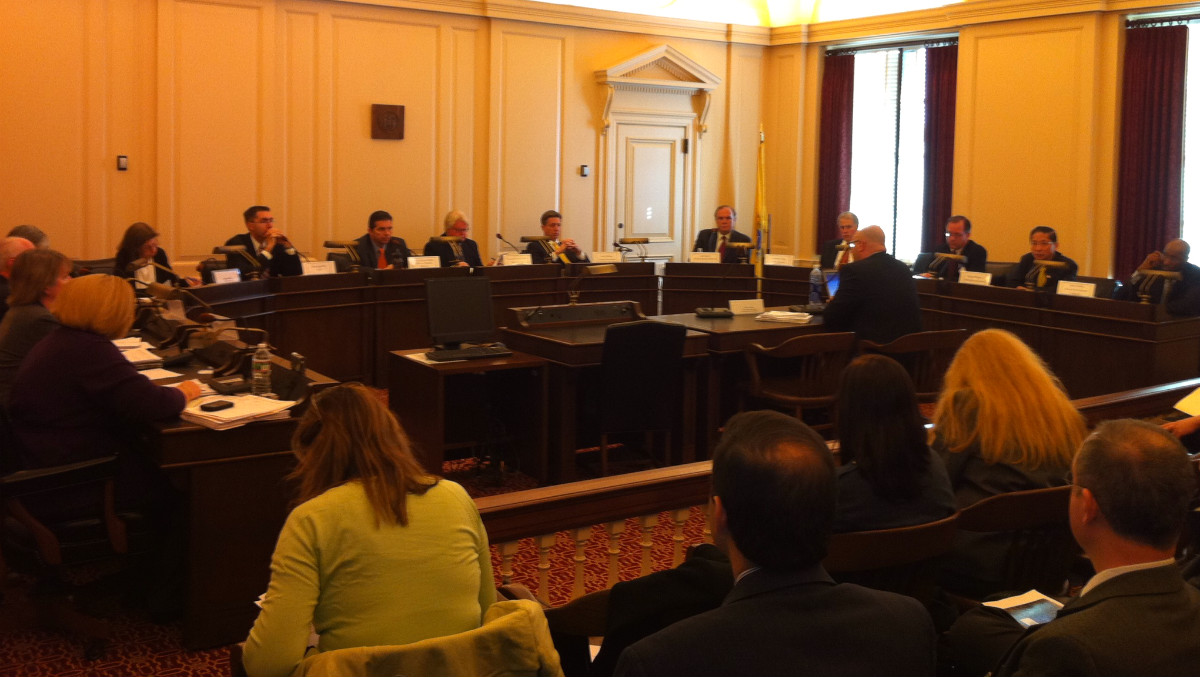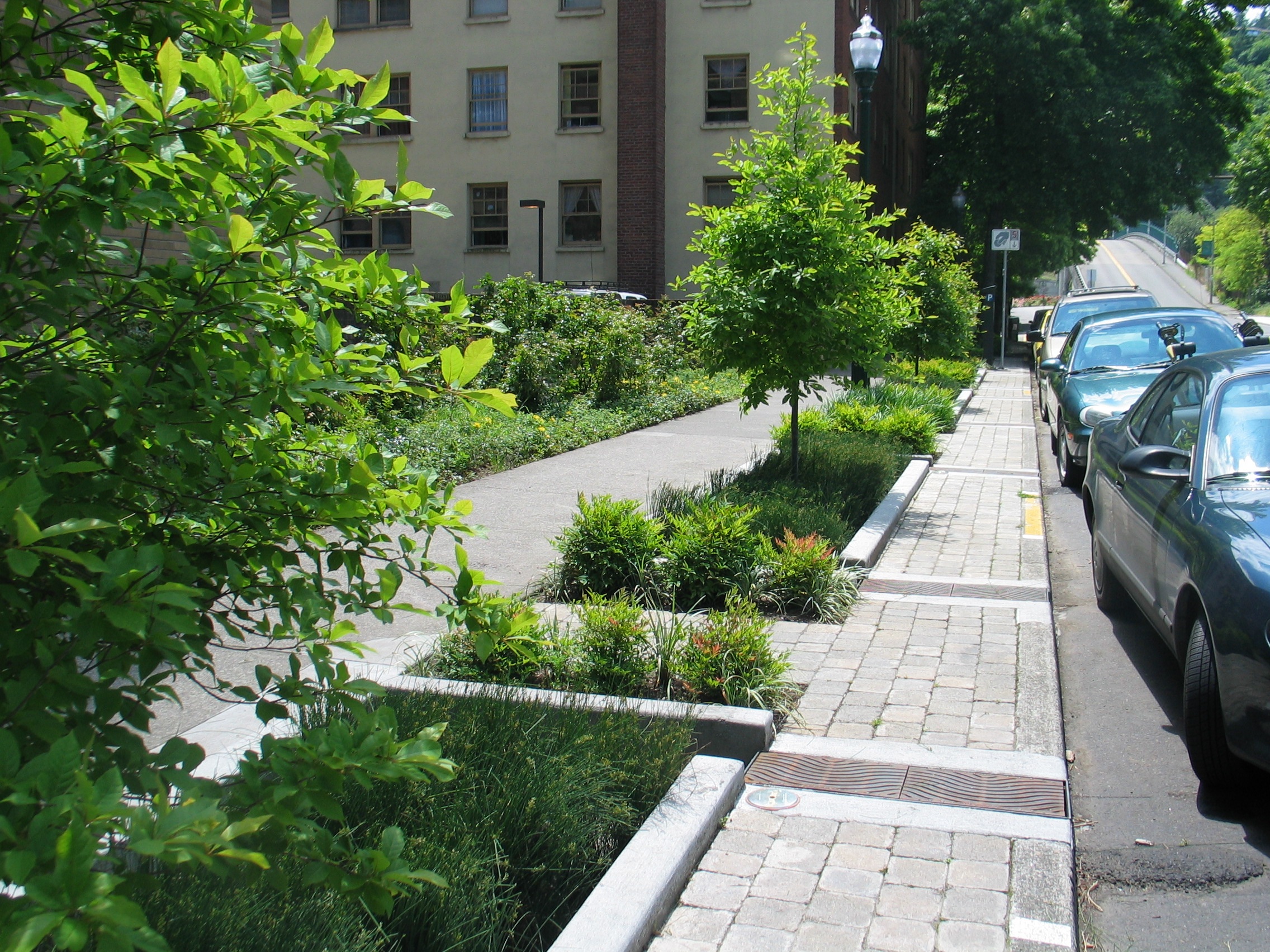New Jersey Future Blog
A Selection of Snippets from 2010 Future Facts
December 28th, 2010 by New Jersey Future staff
Though the world is more connected today than ever, it can often be difficult to separate truth from fiction amid all the noise. If you value fact-based information and thoughtful analysis, please consider supporting our work with a tax-deductible donation today.
For nearly 25 years, New Jersey Future has been an advocate for state planning and smart growth; New Jersey Future’s Future Facts are just one tool that we use to highlight the latest land-use issues across New Jersey. Below are a few of the facts that shaped New Jersey Future’s work in 2010, and will continue to have an impact on our state’s sustainability and prosperity.
From all of us at New Jersey Future, we wish you a happy, healthy and prosperous New Year.
- Following the strategies and principles of the State Development and Redevelopment Plan over the next 20 years will save 60,000 acres of land from development; save municipalities and school districts an estimated $116 million annually; and increase the number of jobs in urban and inner-suburban communities by more than 10 percent. (January)
- By the summer of 2011, 100 percent of the Transportation Trust Fund’s revenue from the gas tax and other sources will be needed to service existing debt, leaving no money for new or routine maintenance projects. (March)
- In 1985, half the homebuyers in New Jersey were families with children. By 2009, this number had dwindled to about one in three. By 2025, it is estimated that only 25 percent of the state’s homebuyers will be families with children, while 50 percent will be single-person households. (March)
- If New Jersey were a country, its per-capita gross national income would be the sixth-highest in the world. But only 19 of the 149 countries for which the World Bank has compiled income data have income distributions that are more top-heavy than New Jersey’s. (June)
- Between 2002 and 2007, New Jersey’s population increased by only 1.1 percent, but the amount of developed land increased by 5.3 percent, nearly five times faster. This is a dramatic change from the 1995 to 2002 time period, when developed acres increased only 1.4 times as fast as population. (July)
- The “ratable chase” doesn’t necessarily pay. Among the 57 New Jersey municipalities with the highest concentrations of commercial properties, the median property tax rate in 2006 was 1.58 percent. But among the 80 municipalities with the highest concentrations of residential properties, the median tax rate was even lower at 1.43 percent. (August)
- If everything allowed under current zoning along the Route 1 corridor between Trenton and New Brunswick were built over the next 15 years, the result would be 480,000 new jobs — but only 37,000 new housing units. The percentage of roads in the region experiencing peak-hour congestion would increase from 13 percent today to 93 percent in 2025, essentially ensuring gridlock. (September)
- In cases where municipal authority to plan and regulate development has been transferred to a regional agency, planning has consolidated land use decision-making in a way that allows for a bigger-picture perspective and provides greater efficiency, accountability and technical resources than municipalities acting alone. (October)
- A Request for Qualifications has been issued for private firms interested in operating and maintaining NJ Transit parking facilities at 81 stations. The number of parking space that could be privatized is 37,165, or slightly more than 60 percent of the system-wide total of 60,234. The 81 stations currently produce annual gross revenues of approximately $28 million. (November)
- “Built out” doesn’t mean “no more growth.” The 204 municipalities in New Jersey that were at least 90 percent built-out as of 2002 accounted for 33 percent of all residential building permits issued in the state between 2000 and 2009 — a significant increase over these same municipalities’ 15 percent share in the 1990s. (December)
















